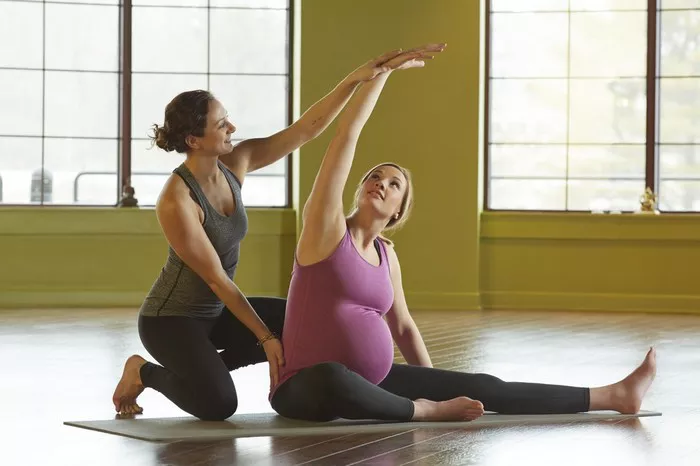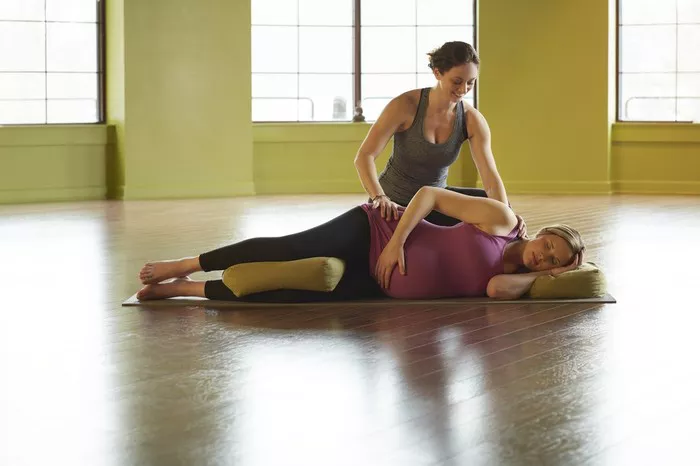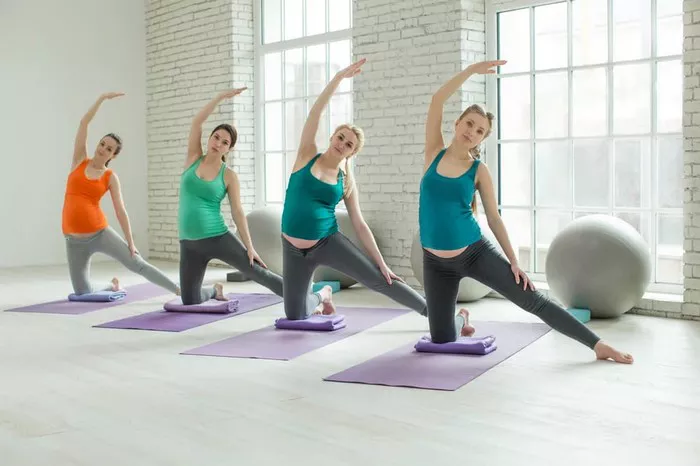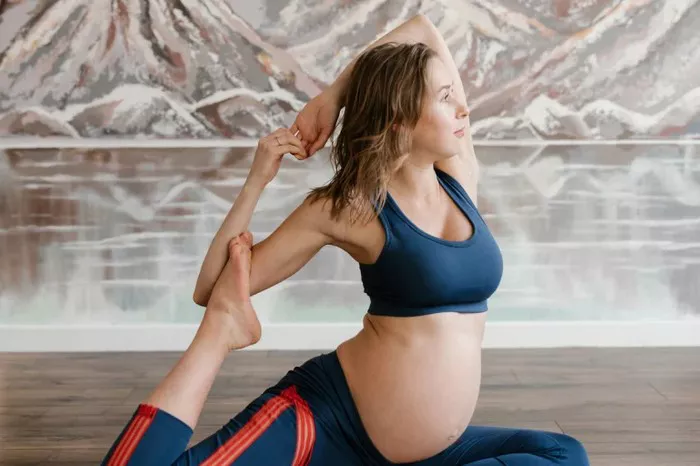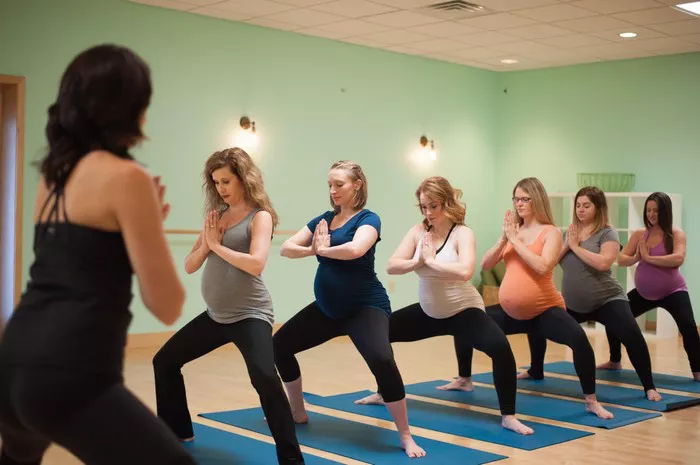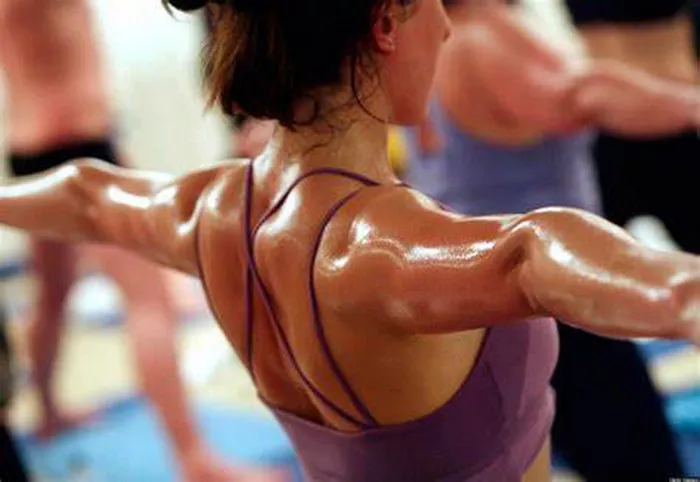Yoga is a wonderful practice that promotes strength, flexibility, and mental clarity. One of the most dynamic and powerful poses in yoga is the Wheel Pose, or Urdhva Dhanurasana. This pose is a backbend that opens the chest, stretches the spine, and builds strength in the arms, legs, and core. However, like any advanced posture, Wheel Pose can be intimidating, and concerns about its potential impact on the back are common. In this article, we will explore the Wheel Pose in detail, examining its benefits, the potential risks it poses to your back, and how to practice it safely.
What is Wheel Pose?
Wheel Pose (Urdhva Dhanurasana) is a deep backbend that involves lifting the body into an arched position, supported only by the hands and feet. The name Urdhva Dhanurasana comes from the Sanskrit words “Urdhva” (upward), “Dhanu” (bow), and “Asana” (pose). This posture resembles the shape of an archer’s bow, with the back arched and the chest open.
In its full expression, the Wheel Pose demands flexibility in the spine and hips, strength in the arms, shoulders, and core, and an open chest. It can be an empowering pose that enhances both physical and mental well-being when done correctly.
The Benefits of Wheel Pose
Before addressing the concerns about Wheel Pose and the back, it’s essential to acknowledge the numerous benefits that this posture offers when practiced mindfully and safely.
Spinal Flexibility and Mobility: Wheel Pose helps to stretch and elongate the spine, improving its flexibility. As you bend backward, your vertebrae are gently stretched, encouraging a full range of motion in the spine. Regular practice can help to alleviate stiffness and improve posture.
Strengthening the Back and Core: To maintain the position in Wheel Pose, the muscles of the back, including the spinal extensors, work hard. The core muscles (especially the abdominals) also engage, supporting the spine and helping to stabilize the pose. This strengthens the muscles around the spine and contributes to better overall back health.
Opening the Chest and Shoulders: By arching the back and lifting the chest toward the ceiling, Wheel Pose provides an excellent stretch for the chest and shoulders. This can be particularly beneficial for individuals who spend long hours sitting, as it counters the rounded shoulders and tight chest muscles that result from poor posture.
Stimulating the Nervous System: As a deep backbend, Wheel Pose stimulates the sympathetic nervous system, providing an energizing effect. It can help to reduce stress, increase vitality, and improve circulation throughout the body.
Enhancing Balance and Coordination: Like many yoga postures, Wheel Pose requires balance and coordination. The act of lifting the body and maintaining the arch strengthens the body’s ability to balance both physically and mentally.
Is Wheel Pose Bad for Your Back?
While Wheel Pose offers many physical benefits, it is also a challenging posture that requires proper alignment and preparation. When practiced incorrectly, it can put undue strain on the spine and potentially lead to injury. To determine if Wheel Pose is bad for your back, it’s important to consider several factors: individual anatomy, preparation, alignment, and mindful practice.
1. Individual Anatomy
Everyone’s body is different, and not all bodies are suited to perform deep backbends like Wheel Pose. Some individuals may have a naturally flexible spine, while others may have limited flexibility in the back or hips. For individuals with a history of back pain, spinal injuries, or conditions such as herniated discs or sciatica, performing Wheel Pose without proper guidance and modification can exacerbate existing issues.
For those with these conditions, it is crucial to consult with a healthcare provider or an experienced yoga teacher who can recommend modifications or alternative poses that are safer for the spine. Additionally, individuals with hypermobility or excessively flexible joints should be cautious when practicing backbends, as they may be more prone to overstretching and injury.
2. Proper Alignment
One of the primary concerns with Wheel Pose is the potential for misalignment during the pose. Poor alignment can lead to unnecessary strain on the back, especially in the lower spine (lumbar region). Common mistakes include:
Arching excessively in the lower back: If the lumbar spine is overextended during Wheel Pose, it can create compression in the vertebrae and surrounding muscles, leading to strain. This is often a result of lack of flexibility in the upper back and shoulders or poor core engagement.
Lack of engagement in the arms and legs: In Wheel Pose, the arms and legs play a vital role in supporting the body. If the arms and legs are not engaged, the weight of the body is not distributed evenly, placing unnecessary pressure on the back and shoulders.
Dropping the head: The head should remain in a neutral position, not dropping backward to increase the curve of the neck. Dropping the head can lead to neck strain and misalignment in the cervical spine.
The key to avoiding these issues is proper alignment. When practicing Wheel Pose, it’s important to:
- Keep the feet hip-width apart and press firmly into the ground.
- Keep the hands shoulder-width apart, fingers spread wide, and press into the floor.
- Engage the core to prevent excessive arching in the lower back.
- Maintain a gentle curve in the neck, avoiding any pressure or strain in the cervical spine.
3. Warm-Up and Preparation
Proper preparation is essential before attempting Wheel Pose. The body needs to be sufficiently warmed up to perform a deep backbend safely. A good warm-up includes:
Opening the hips: Since the hip flexors play a significant role in backbends, it’s essential to stretch and warm up the hips before attempting Wheel Pose. Poses such as Downward Dog, Cobra, and Low Lunge help to open the hips and prepare the body for the backbend.
Stretching the spine: Gentle spinal stretches like Cat-Cow, Seated Forward Fold, or Upward Facing Dog help to lengthen and loosen the spine.
Shoulder mobility: Opening the shoulders and chest is critical for Wheel Pose. Poses like Shoulder Rolls, Puppy Pose, or even using a strap to gently stretch the arms behind the back can improve shoulder mobility and reduce the risk of shoulder strain.
4. Mindful Practice
As with any yoga pose, the key to practicing Wheel Pose safely is mindfulness. Listen to your body and recognize your limits. If at any point you feel pain, discomfort, or excessive tension in your back, stop and modify the pose. It’s important to remember that yoga is not about pushing yourself into a perfect shape, but rather about cultivating awareness, alignment, and breath.
If you are new to Wheel Pose, start with preparatory poses and gradually build your strength and flexibility. If you cannot yet reach the full expression of Wheel Pose, that’s okay! Practice consistently, and over time, you may find that you can deepen your backbends safely.
Modifications and Alternatives for Wheel Pose
For individuals with limitations or concerns about their back, there are modifications and alternatives to the full Wheel Pose that can still provide many of the benefits of the pose without risking injury.
Bridge Pose (Setu Bandhasana): Bridge Pose is a gentler alternative to Wheel Pose. It still engages the back, hips, and core while offering a more accessible backbend.
Supported Wheel Pose: You can perform Wheel Pose with the help of props such as blocks or blankets under the back for support, which can reduce the pressure on the spine and allow for a deeper stretch without overextending.
Camel Pose (Ustrasana): This is another backbend that opens the chest and stretches the spine but may be more accessible for individuals who are working on building flexibility and strength gradually.
Child’s Pose (Balasana): After practicing Wheel Pose or any backbend, Child’s Pose is an excellent restorative pose that allows the spine to gently release and rest.
Conclusion
Wheel Pose, or Urdhva Dhanurasana, is not inherently bad for your back. In fact, when practiced correctly and with proper preparation, it offers numerous benefits for spinal flexibility, strength, and mental well-being. However, like any advanced yoga posture, it comes with the potential for injury if not performed with the right alignment, body awareness, and technique.
To ensure Wheel Pose is safe for your back, be mindful of your body’s limits, warm up thoroughly, and work with an experienced instructor who can provide guidance and modifications. If you have a history of back problems or pain, consult a healthcare professional before attempting this pose.
Ultimately, yoga is about cultivating a mindful practice that suits your body’s unique needs. With patience, consistency, and care, Wheel Pose can be a powerful tool for enhancing mobility, strength, and overall well-being.
Related Topics:

